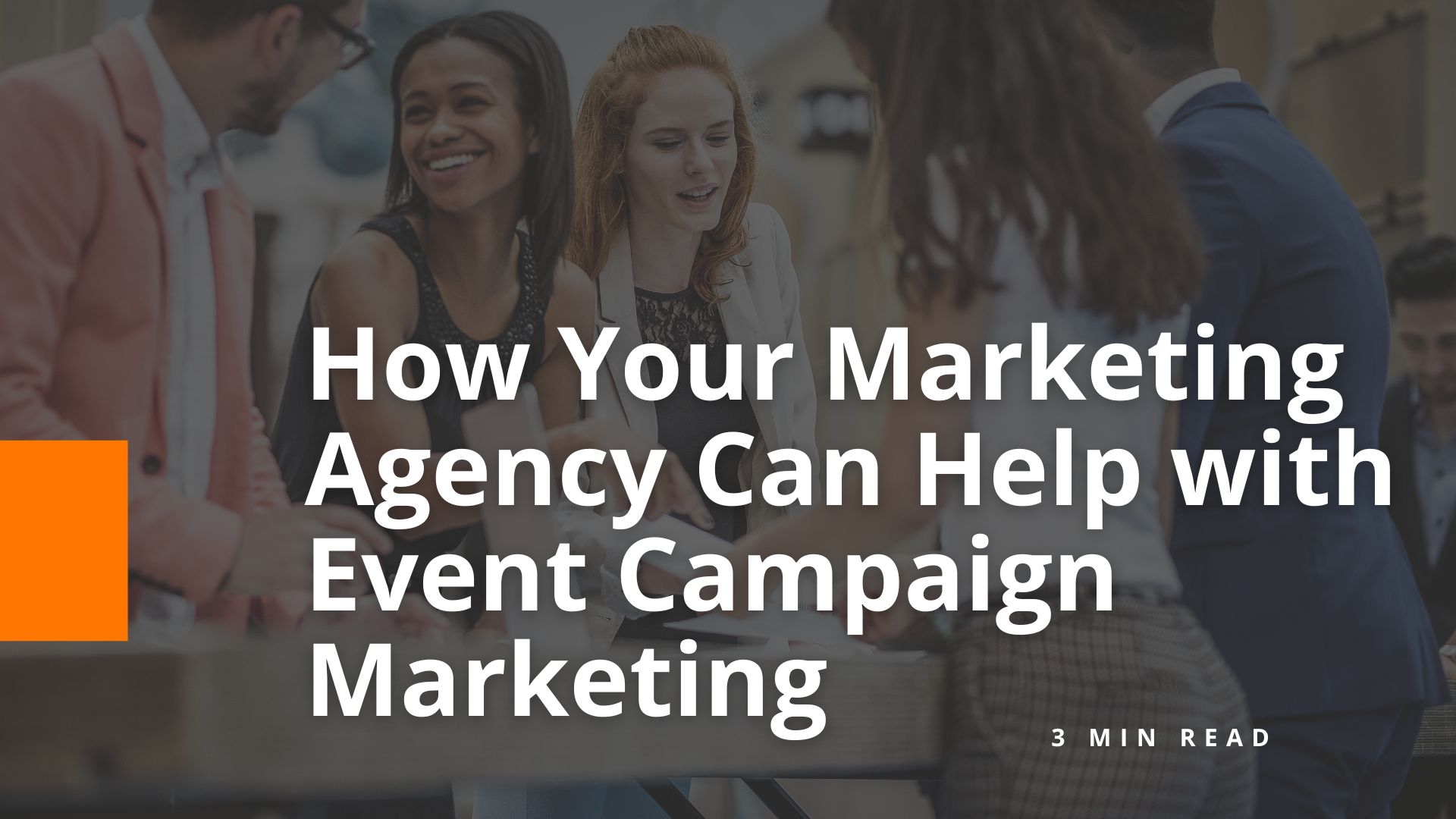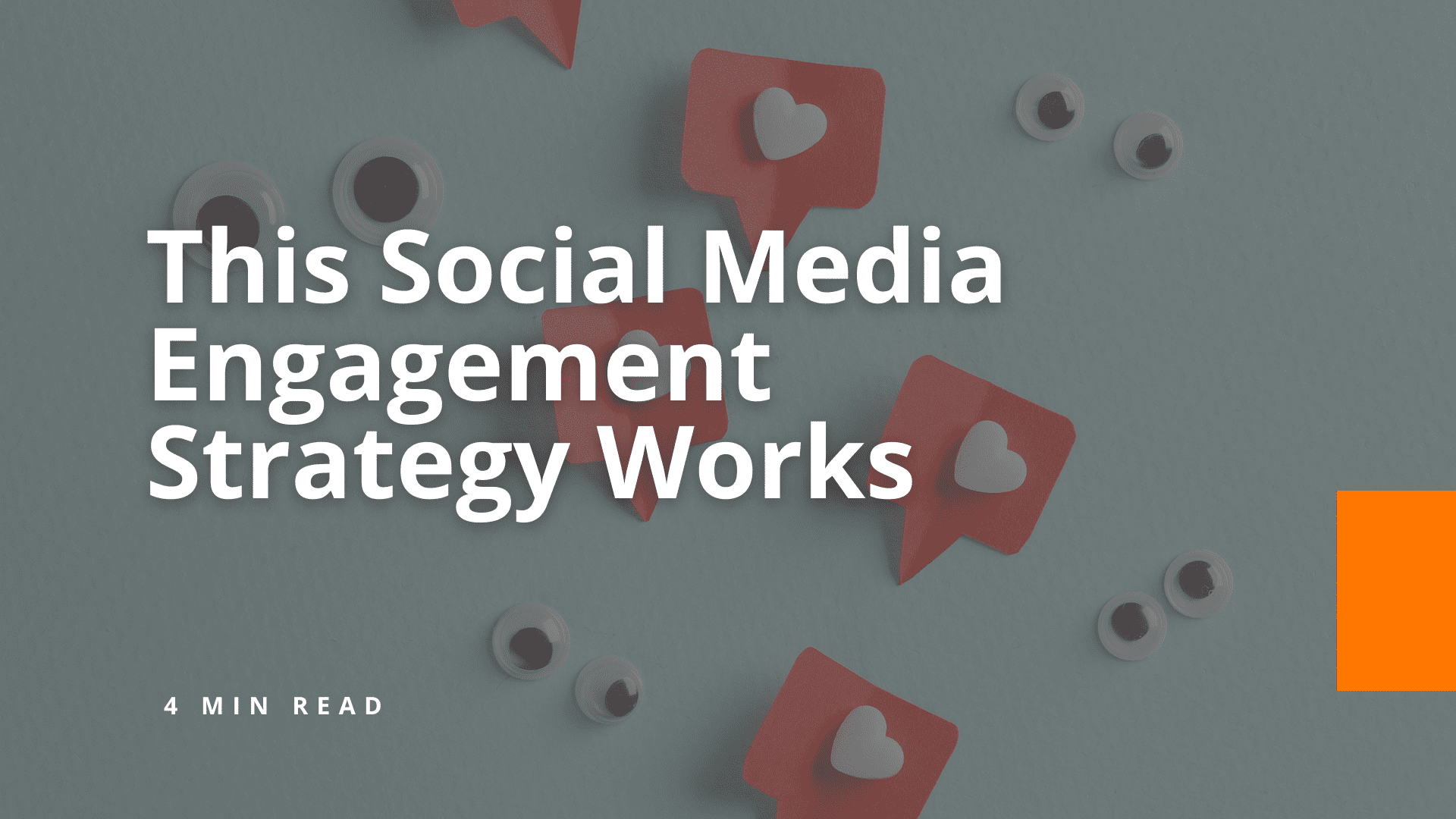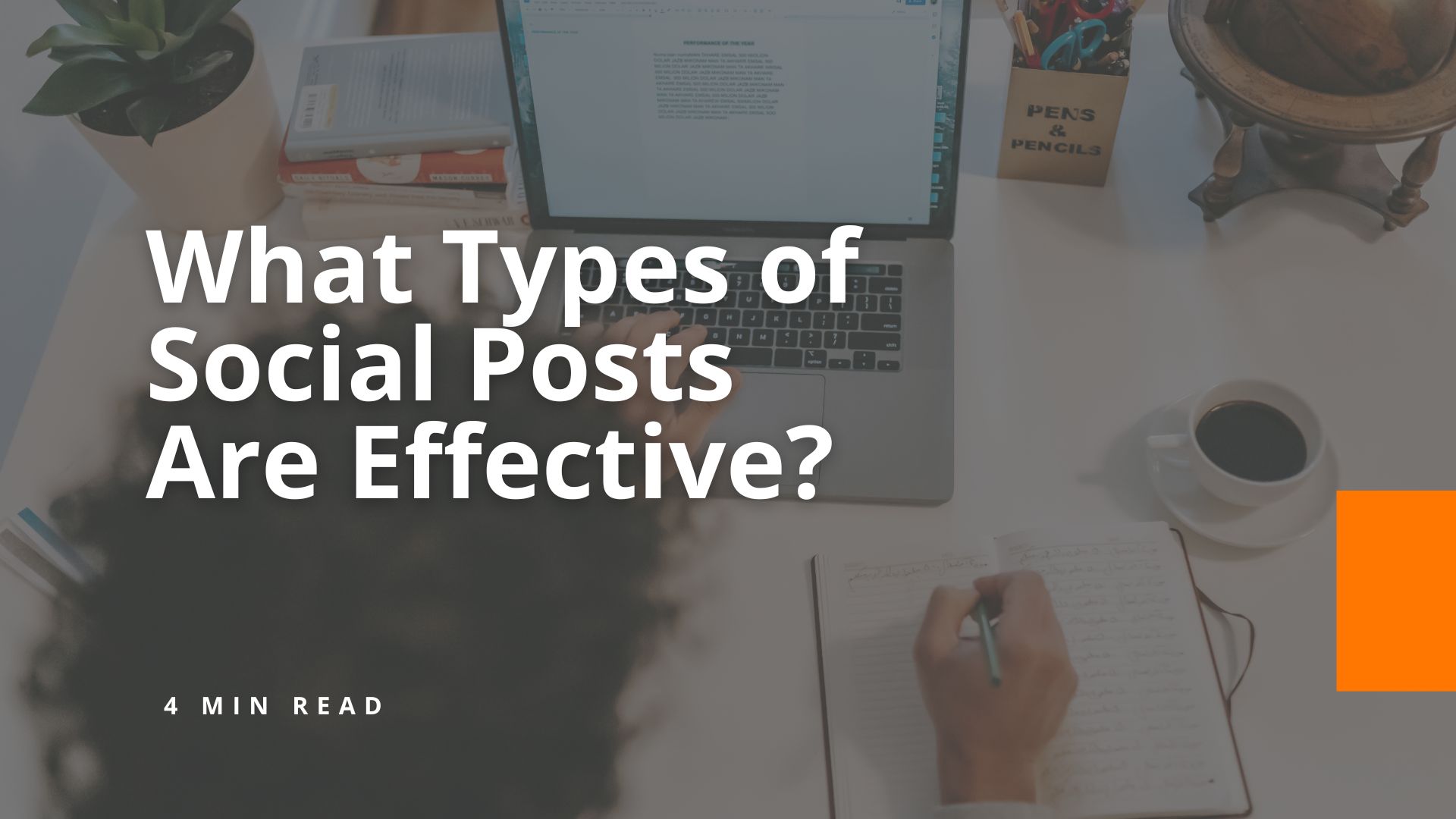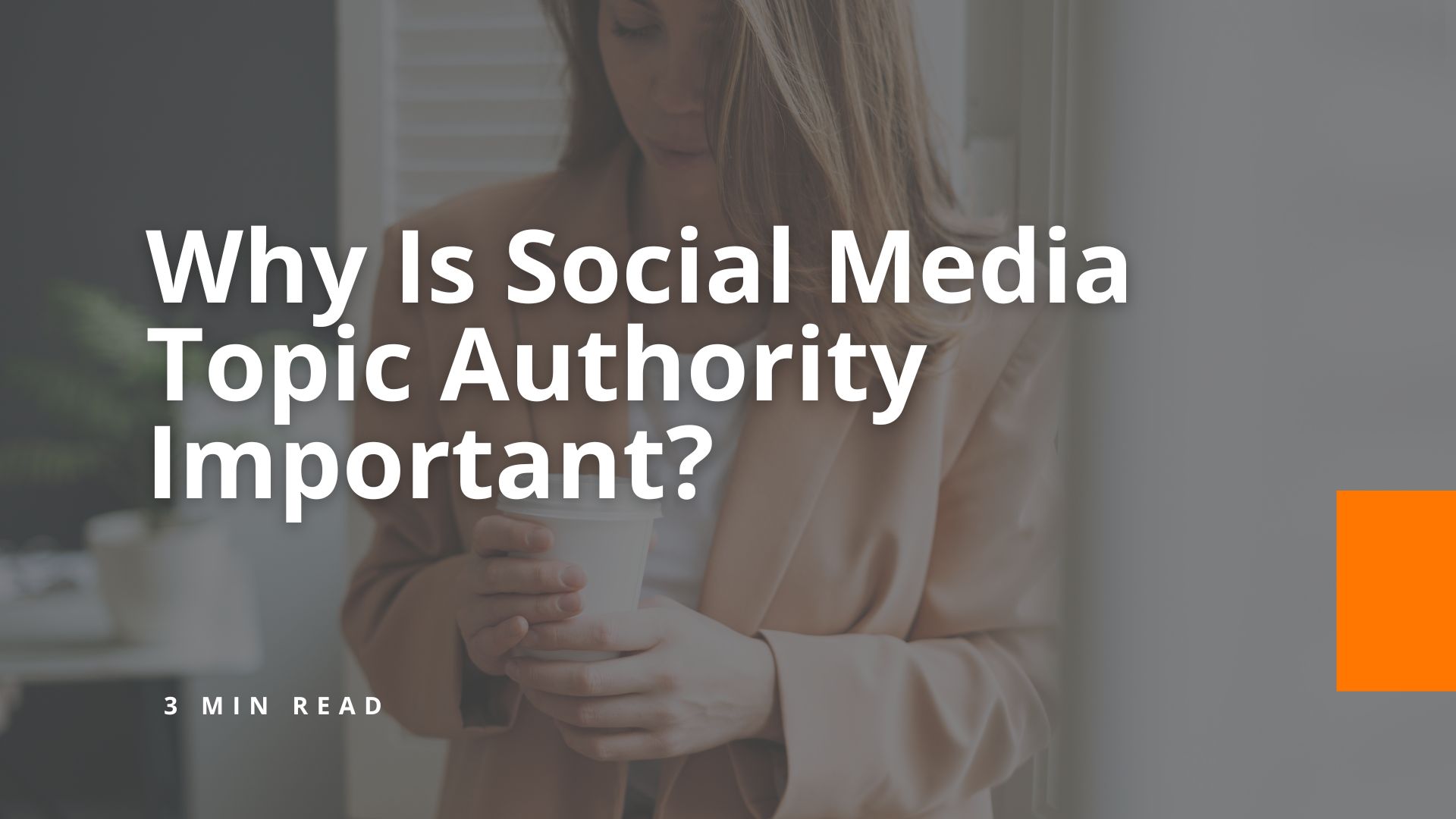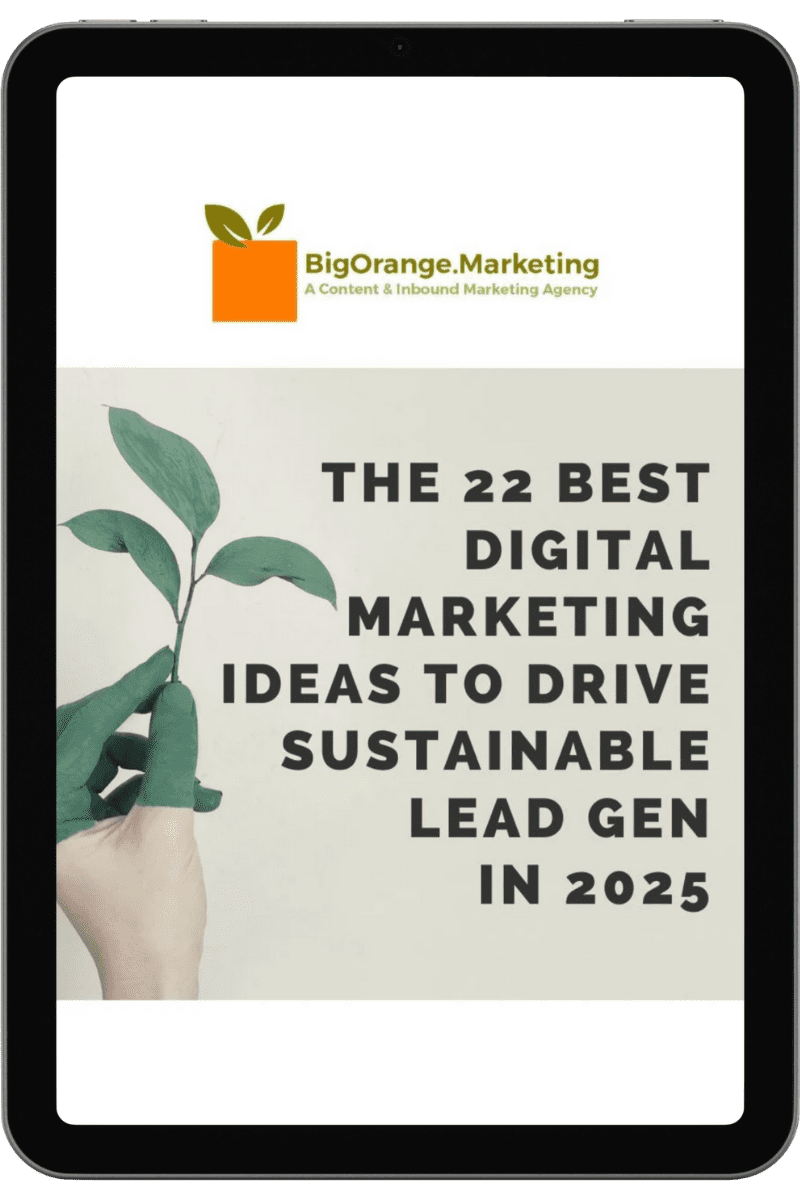What Are Examples of a StoryBrand Website?
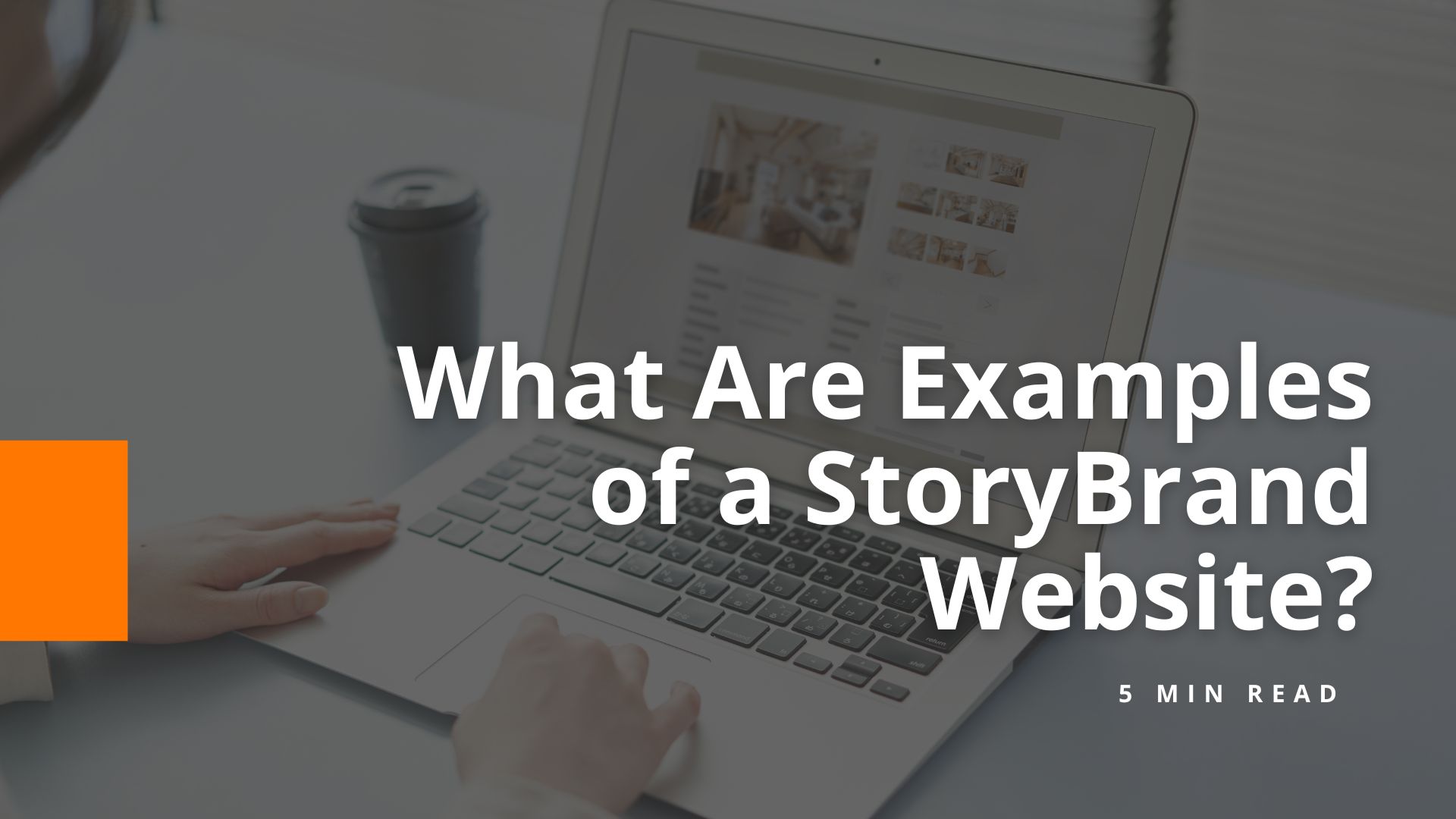
An example of a StoryBrand website includes Internos Group’s website, which explains the company’s Miami IT services. The site clearly appeals to the customer’s goals, telling a story with visual elements, cohesive brand and solutions to various customer problems. StoryBrand website examples like this one always position the customer as the hero, outline the problems they face and present the brand as the guide offering a solution. Here is a list of other attention-grabbing StoryBrand websites to visit.
What features should a StoryBrand website include?
A StoryBrand website should include the following features:
- A clear, engaging headline that captures the reader’s attention.
- A concise explanation of the customer’s problem.
- A presentation of the brand as the guide with a solution.
- A detailed plan outlining how the customer can achieve their goals.
- Strong calls to action, detailing how customers can take their next steps.
- Visual elements that draw the eye along each website page and enhance the story.
How does a StoryBrand website differ from a traditional website?
A StoryBrand website differs from a traditional website in its approach to messaging and customer engagement. While traditional websites often focus on business and marketing, listing features and services, a StoryBrand website uses a narrative structure to personally connect with readers. It positions the customer as the hero and the brand as the guide, making the messaging more relatable and compelling. This approach helps build a stronger emotional connection and encourages visitors to take action with clear steps.
What are the seven key elements of a StoryBrand BrandScript?
The seven key elements of a StoryBrand BrandScript are:
- Character: The main character in the story should always be the customer.
- Problem: A description of the primary challenges the customer faces.
- Guide: A helpful authority figure (your brand) who helps guide the customer to a solution.
- Plan: Steps the customer can take with your brand to solve their problem.
- Call to action: The action you want the customer to take.
- Success: Description of what success looks like after working with your company or buying your products or services.
- Failure: The consequences of inaction, or choosing a competitor.
How can the StoryBrand framework help my business grow?
Using the power of storytelling, the StoryBrand framework nurtures meaningful connections with audiences. It helps businesses elevate their brand, attract more clicks on their websites and gain more leads by making their messages more attention-grabbing and memorable.
Wondering What Are Examples of a StoryBrand Website?
To learn more about how you can utilize StoryBranding for your organization, schedule a non-sales call with us. We are excited to hear about your vision and goals.
Share the knowledge
How Your Marketing Agency Can Help With Event Campaign Marketing
Marketing doesn’t always have to be digital or online. In reality, connecting with clients or colleagues can be even more valuable in person. Whether it’s…
Explore this Topic6 Reasons You Want to Partner With a Digital Marketing Agency
As a business leader, you understand the importance of having a robust online presence in today’s digital age. Yet, keeping up with the constant changes…
Explore this TopicTurbo-charge Your MSP Website: Unlock the Power of Lucky 13
Managed service providers, want to transform your MSP website into a powerhouse of conversion? Here are 13 essential points that will elevate your website’s performance…
Explore this TopicHow Prospective Customers Evaluate Manufacturers
Did you know that your next marketing breakthrough as a manufacturer could be hidden within the buying behaviors of prospective customers? The Shift From Handshakes…
Explore this Topic

